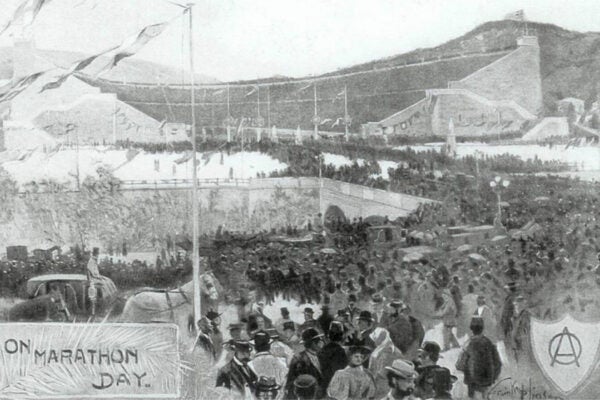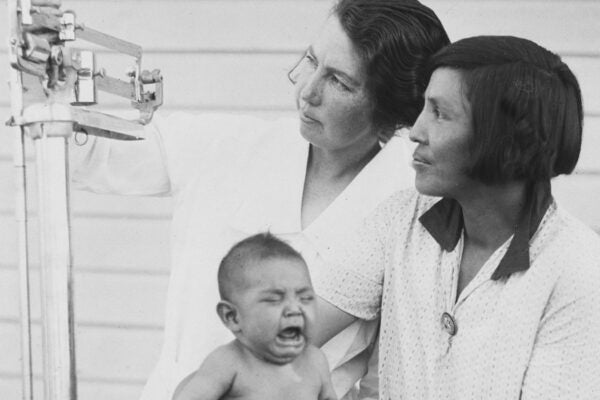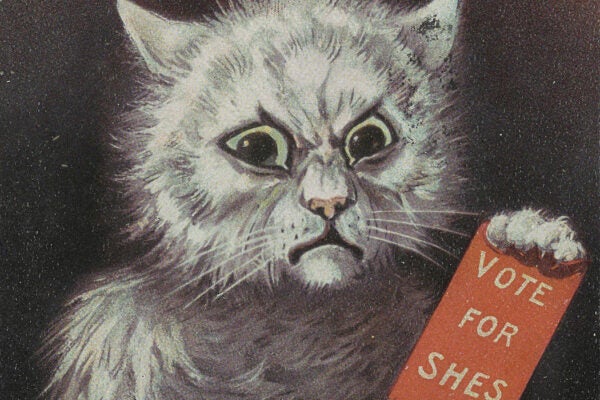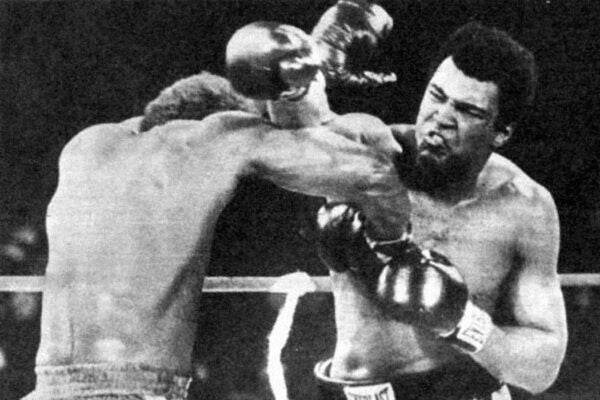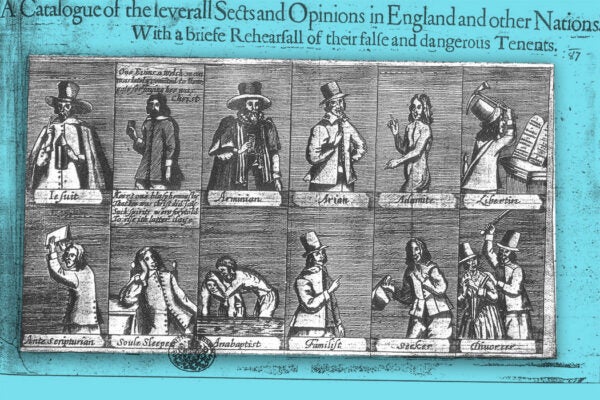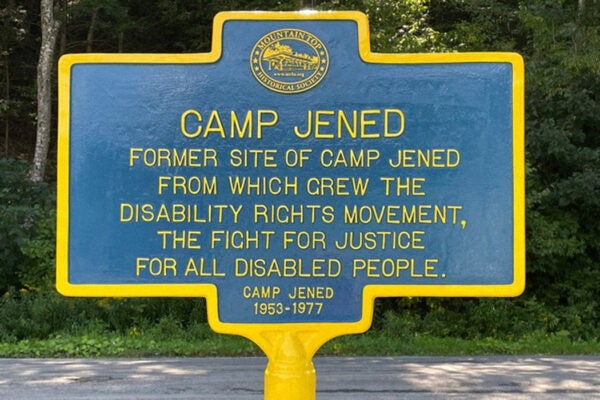The Invention of the Marathon
The Hellenic inspiration for the 26.2-mile races which draw over a million runners yearly worldwide had nothing to do with sport—but everything to do with war.
Call the Midwives—Assuming Any Are Left
While midwife-attended deliveries are the norm in the United Kingdom, they’re the exception in the United States. Time was, this difference wasn’t so stark.
Global Gentrification
The transnational mobility of lifestyle migrants and digital nomads has led to the globalization of rent gaps and the pricing out of locals in some cities.
A Purrrrfect Political Storm
Crazy cat ladies have come to dominate this election season. It’s hardly the first time.
Preserving History at the Digital Transgender Archive with Portico
Portico helps preserve underrepresented community content and collections, including the wide-ranging materials of the Digital Transgender Archive.
Remembering the Rumble in the Jungle
The 1974 Rumble in the Jungle was freighted with symbolism regarding American racial politics and the pan-African struggle in the context of the Cold War.
The Bawdy House Riots of 1668
Though so-called bawdy house riots were common in seventeenth-century London, the disorder of 1668 revealed the city’s deep political and religious resentments.
Ford’s Striking Dagenham Women
The women sewing machinists of the Dagenham plant received a raise after they went on strike against Ford. But was this a victory?
A Potash Primer
Ash from burnt wood, weeds, bracken, and kelp helped fuel the Industrial Revolution.
Creating Communities for Disability Activism
In the 1960s, young disabled people found each other at camps and colleges, creating ever-expanding networks for challenging discrimination.
